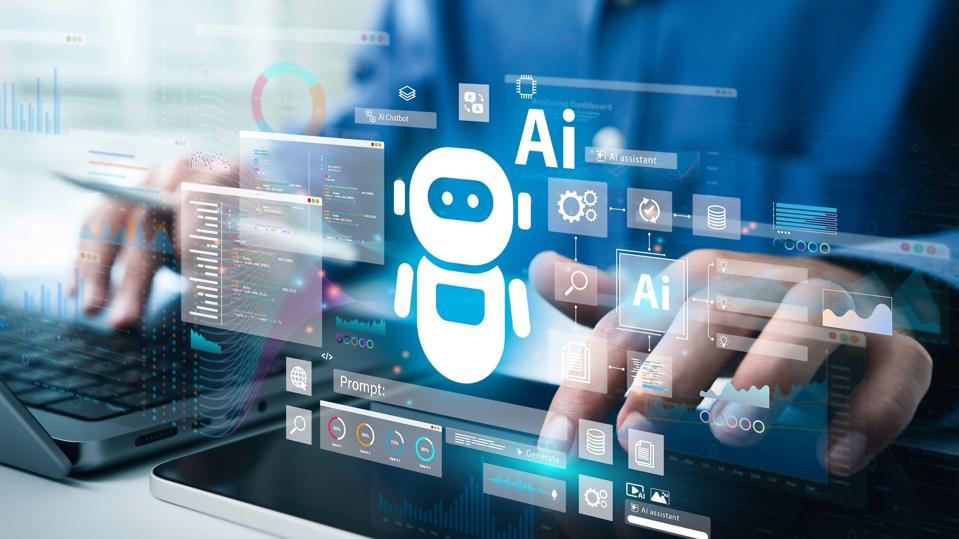
· 3 min read
How can AI agents, GPTs and APIs be used to automated complex processes
How can AI agents, GPTs and APIs be used to automated complex processes
The use of Generative Pre-trained Transformers (GPTs), agents, and APIs in creating AI-assisted processes for generating applications, content, and other outputs involves a sophisticated orchestration of these technologies. They can enable quasi-automated processes where various development steps are handled by predefined agents working in a coordinated manner, often described as a “swarm”. Here’s how they are currently utilized:
1. GPTs for Content Creation and Language Tasks
Content Generation: GPTs are used to automatically generate text-based content like articles, scripts, and reports. They can adapt to specific writing styles and formats based on the input they receive.
Code Writing: In software development, GPTs can assist in writing code, generating snippets based on requirements, or suggesting improvements and bug fixes.
Language Processing Tasks: These include translation, summarization, question-answering, and sentiment analysis, where GPTs can process natural language inputs to deliver meaningful outputs.
2. Agents for Task Automation and Coordination
Process Automation: Agents can automate specific tasks within a workflow, such as data entry, information retrieval, or routine communications.
Task Coordination: Multiple agents can be programmed to handle different parts of a process. For instance, in content creation, one agent might gather data, another could draft content, and a third could refine and format the output.
Swarm Intelligence: Agents can work in a swarm-like fashion, where each agent’s output informs the actions of others, leading to a cohesive and efficient workflow.
3. APIs for Integration and Interoperability
Connecting Systems and Tools: APIs are used to connect GPTs and agents to various data sources, platforms, and software tools, enabling them to fetch data or execute actions in other systems.
Data Exchange: APIs facilitate the exchange of data between different agents and GPTs, ensuring that each part of the process is informed by the most current and relevant information.
Extending Functionality: Through APIs, the capabilities of GPTs and agents can be extended by integrating external services, such as data analytics tools or advanced AI models.
4. Application in Various Domains
In Business: Automating customer service through chatbots, generating marketing content, and processing customer feedback.
In Software Development: Streamlining the development process by automating code generation, documentation, and testing.
In Creative Industries: Assisting in the creation of artistic content, music, literature, or design elements.
5. Challenges and Considerations
Quality Control: Ensuring the quality and accuracy of outputs, especially in complex or nuanced tasks.
Ethical and Privacy Concerns: Addressing the ethical implications and privacy concerns of using AI in data-sensitive areas.
Integration Complexity: Managing the complexity of integrating multiple systems and ensuring seamless interaction between different agents and technologies.
As these technologies evolve, we can expect to see more sophisticated and seamless integrations, leading to more advanced quasi-automated processes that can handle increasingly complex tasks with minimal human intervention.